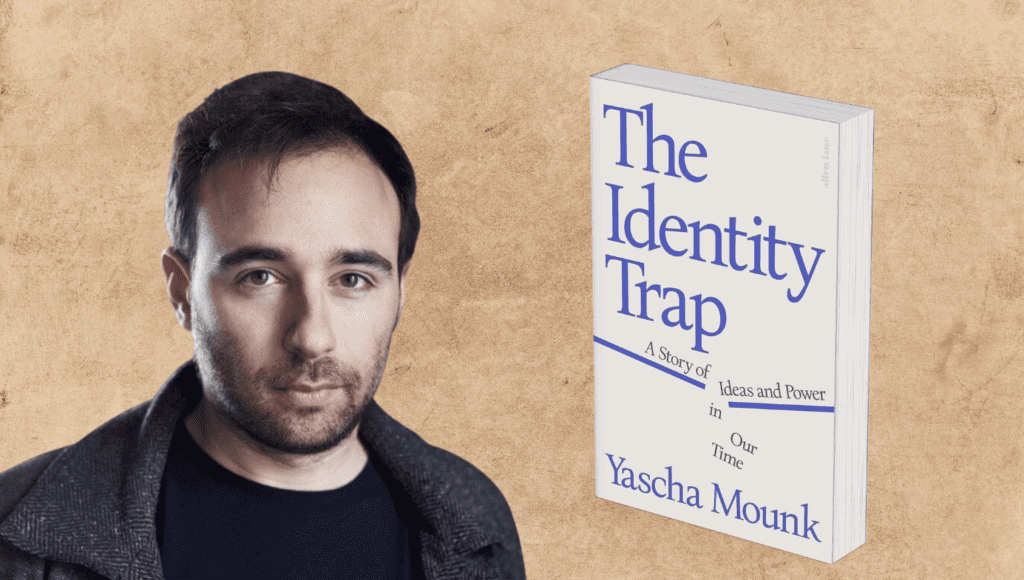Nearly every newspaper or magazine article that has anything to do with Canadian defence policy inevitably mentions that Canada is far below the 2% spending target that all NATO member countries are supposed to meet. Not all members meet this target, and Canada is one of the bottom three or four countries. There was yet another article this week, claiming that our Department of Defence is overestimating the percent of GDP that we spend on defence by underestimating our GDP.
Of course, Canada is also part of NORAD and most threats to Canada are likely covered by NORAD, other than perhaps Russian attempts to claim ownership of massive swaths of the Arctic.
Another part of our military spending problem is procurement. Going back to when Brian Mulroney was prime minister, purchases of helicopters, ships, and fighter jets have been a political football, with opposition parties often complaining that Canada is spending too much or focusing on the wrong thing.
This results in long delays, meaning we sometimes lack enough equipment to meet minimum levels, much of our equipment is in the shop being repaired, and spare parts are often hard to get. Canada has made some horrible procurement decisions like buying used British submarines, which turned out to be unreliable or didn’t last long before major problems emerged. Canada’s current major military procurement programs include the expensive F-35 jet fighter, and a fleet of new River-class destroyers that are getting far more expensive than planned.
Meanwhile, our Armed Forces are under full strength – not enough people either want to join our military or are able to meet the minimum standards. It is unclear if we could send people to fight in Ukraine even if the government wanted to do so.
Canada has sent a few tanks over to Ukraine, as well as other supplies and financial aid. We will have to replenish these things, and this might be an opportunity to expand Canada’s capacity to make and export military arms and equipment. Maybe our defense policy and spending has been wrongheaded. Since we have so few troops, are unlikely to need to defend our own soil, and are far from any country likely to be in conflict, we may be able to meet our 2% target with some innovative thinking.
Since the Second World War, the US has described itself as the “arsenal of democracy”, a phrase which Franklin Roosevelt used in 1940 when the US was supporting Britain (and Canada) by sending arms, most notably through the “Lend Lease” program that sent ships and equipment to Britain, technically on loan.
Maybe a bigger part of Canada’s own defence policy should be to make and stockpile arms, equipment, and supplies to send to our allies or friends in times of need. Such equipment need not be “state of the art” like F-35 fighter jets. Canada could also expand production of parts for equipment assembled in other NATO countries – particularly for spare parts we need for ourselves.
We need not limit this to new equipment. Canada could also promote companies that refurbish older equipment to be stockpiled or resold. And of course, Canada could determine which countries benefit from our stockpiles of military equipment. We could ensure that this equipment is not acquired by countries with regimes we oppose, and we would have the leeway to give or sell only to the “right” side of a conflict, possibly with strings attached.
Take our Leopard 2 tanks that were built in Germany. We have given some to Ukraine. We have unfortunately scrapped even older Leopard 1 tanks, that could have been refurbished or modified to serve as platforms for other uses. Canada should probably give the rest of our tanks to Ukraine, then get into the business of buying older Abrams tanks from the US to refurbish as replacements or for re-export.
Israel is a good example of a nation that builds up its military capacity with secondhand tanks and other equipment, and is now a major exporter of military equipment that it developed at least in part for its own defence.

The trend in US equipment has been to build state of the art equipment, and buy smaller quantities of it. But the conflict in Ukraine has shown that even when fighting a country with advanced military technology like Russia, using some older equipment combined with innovative new designs has been successful for both sides. Along with the introduction of drones, the Russians have modified older bombs to become guided bombs that are accurate and far cheaper than building new missiles.
Even if Canada never gets to 2% defense spending, we are not going to be kicked out of NATO or NORAD, but we might seem hypocritical if we want to have influence while not carrying our own weight. Spending money to build up stockpiles that we can quickly sell or give where needed might be a solution for this, and we should also be looking to innovate new weapons or find ways that old weapons can be updated.
All content on this website is copyrighted, and cannot be republished or reproduced without permission.
Share this article!




The truth does not fear investigation.
You can help support Dominion Review!
Dominion Review is entirely funded by readers. I am proud to publish hard-hitting columns and in-depth journalism with no paywall, no government grants, and no deference to political correctness and prevailing orthodoxies. If you appreciate this publication and want to help it grow and provide novel and dissenting perspectives to more Canadians, consider subscribing on Patreon for $5/month.
- Riley Donovan, editor